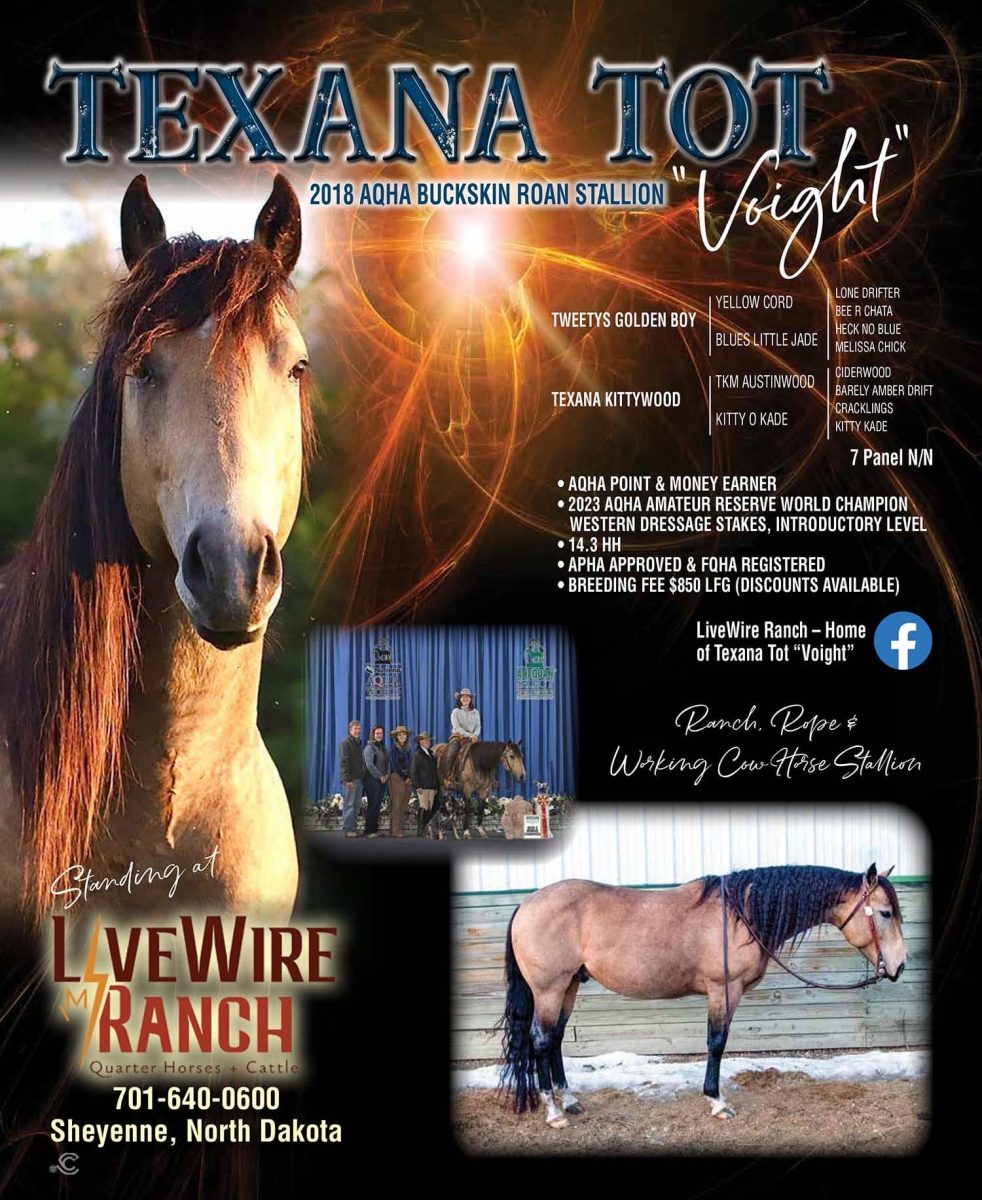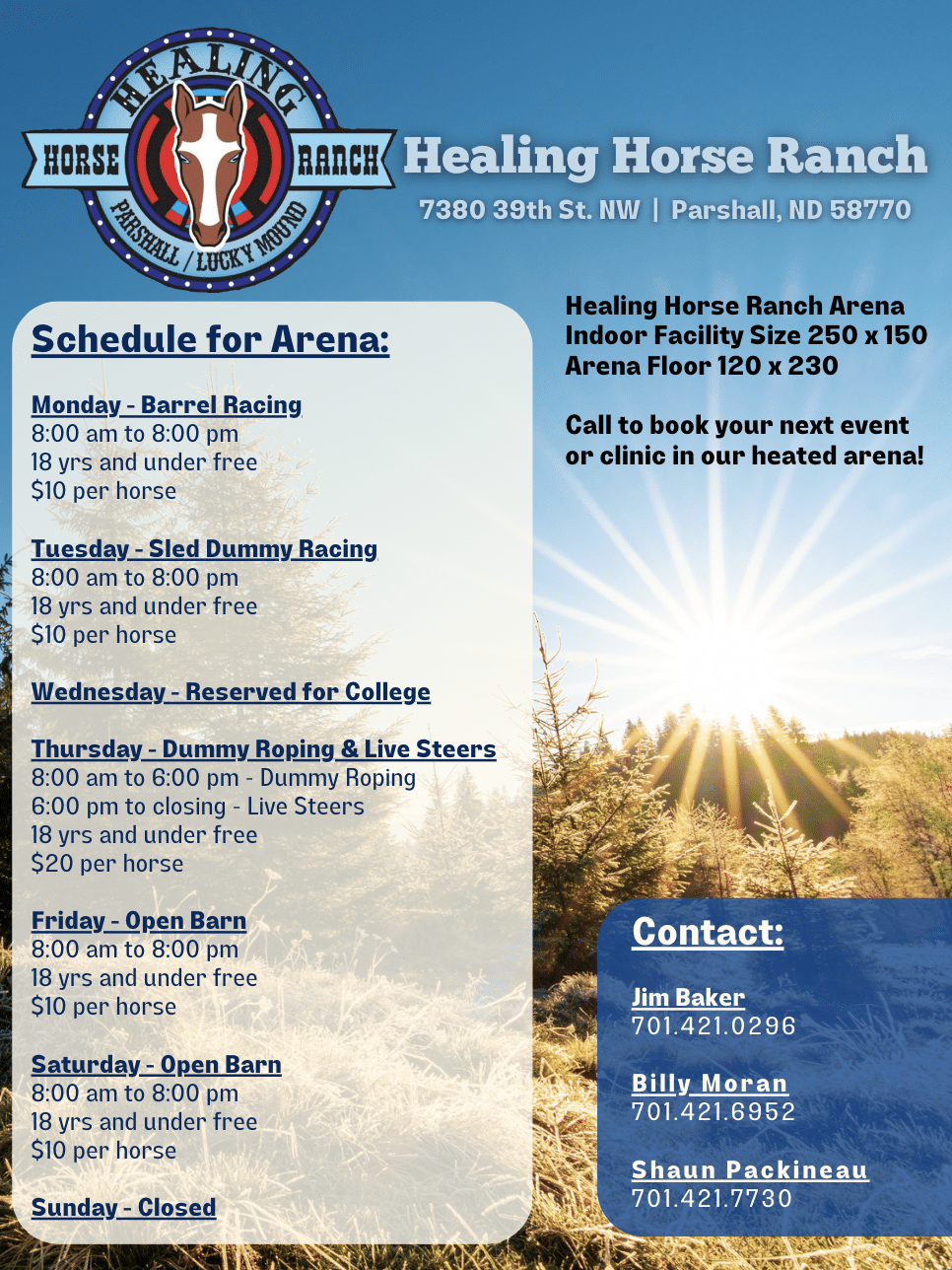“Who needs to walk when you can ride?” – Grace Peterson, TR 4 Heart & Soul cowgirl
Is it the feeling of four hooves hitting the ground in complete synchronous movement with one’s body that rarely leaves the wheelchair, or is it putting complete trust in an 1300-pound animal?
Why do we call it THERAPEUTIC RIDING? The average horse walks at a rate of approximately 100 steps per minute (AHA, 2020). This means that 5 minutes on a walking horse represents 500 neuro motor inputs to the participant. These neuromotor inputs have the same repetitive pattern as the human walking gait due to the biomechanical similarities between the horse and the human.
In a therapeutic riding or adaptive riding session, there are about 20 minutes of dynamic movement (after mounting and dismounting), so just one session offered the participant 2000 neuromotor inputs!
These neuromotor inputs assist in complex motor learning, strength, muscle coordination, improve general attention to tasks, and sensory processing. These leads to the ability to walk, talk, and complete daily living tasks while enjoying the majestic relationship of a horse.
Horses have been helping and healing since the beginning of our time. AHA (2020) notes Hippocrates in ancient Greece wrote a chapter on ‘Natural Exercise’ and mentioned riding in 460 BC. In 1569, Merkurialis of Italy wrote on ‘The Art of Gymnastics’ noting the importance of horses and riding. In 1952 Liz Hartel won a silver in the Olympics and told the world how horses healed her from polio (AHA, 2020).
Today adaptive and therapeutic riding centers incorporate core strengthening, muscle elongation, cross brain movements, academic skills, social skills, cognitive improvement, confidence building, and horsemanship for all abilities throughout the world. This is made possible because of dedicated trained staff, volunteers, and the HEART & SOUL of a horse. The participant is a partner, and the horse is MORE than a modality. It is two hearts, four hooves, finding their dream regardless of impairments that have stopped them before.
The horse doesn’t care if you show up in cowboy boots, Nikes, crutches, or a wheelchair. They embrace that moment and their participants ability to be mindful and focus on 1% improvement at a time.
Although the horse offers deep therapeutic benefit, it feels like a day on the ranch, not a day at the clinic. As one participant’s mom stated, “I’ve never seen my daughter leave her wheelchair behind and feel so ‘free.’ There is no better feeling than ‘Gone Riding.’”

Katie Oakland is an Equine Instructor at Nueta Hidatsa Sahnish College and Founder and Instructor of TR 4 Heart & Soul Treapeutic Riding Center, Bismarck, ND. She is a mother, wife, and advocate for people and horses – wanting all to have a great life.





